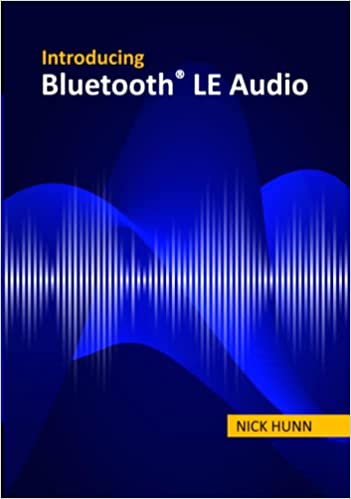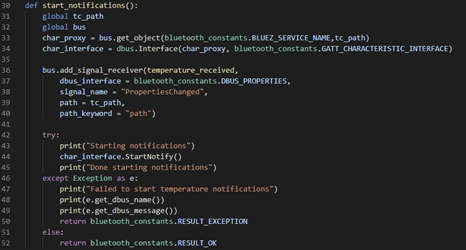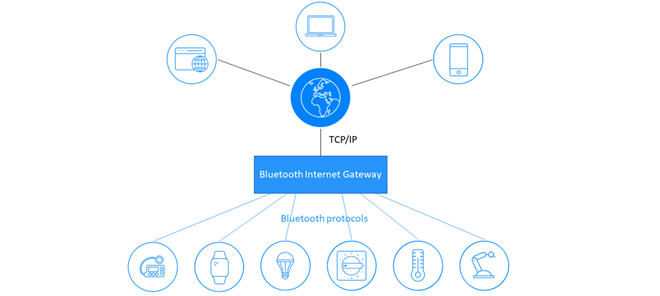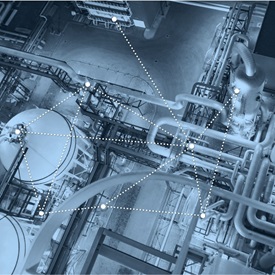Reimagining Wireless Communication
The Bluetooth SIG member community continues to expand the capabilities of Bluetooth® technology — powering innovation, creating new markets, and redefining what’s possible in wireless communication.
Here are some of the more recent enhancements introduced to Bluetooth technology.
Bluetooth® LE Audio
Building on 20 years of innovation, LE Audio enhances the performance of Bluetooth audio, adds support for hearing aids, and introduces Auracast™ broadcast audio, an innovative new Bluetooth capability with the potential to once again change the way we experience audio and connect with the world around us.
Bluetooth® Periodic Advertising with Responses
Bluetooth Low Energy (LE) supports multiple logical data transport options designed to satisfy a wide variety of device communication needs. The Periodic Advertising with Responses (PAwR) feature defines a new Bluetooth LE logical transport designed to support several new device communication scenarios, including situations in which a hub needs to maintain bi-directional communication with thousands of end nodes. One key use case for the PAwR features is the rapidly growing Electronic Shelf Label (ESL) market.
Bluetooth® Direction Finding
Introduced in January 2019, Direction Finding enables devices to determine the direction of a Bluetooth Low Energy (LE) signal. Supporting both angle of arrival (AoA) and angle of departure (AoD) methods of signal direction estimation, this feature allows Bluetooth proximity solutions to add directional capabilities that enhance the user experience and Bluetooth positioning systems to achieve centimeter-level accuracy, enabling Bluetooth technology to address the full spectrum of positioning use cases, from common, low-resolution systems to the most precise.
Bluetooth® Mesh Networking
Bluetooth® Mesh enables the creation of large-scale device networks. It is ideally suited for control, monitoring, and automation systems where hundreds, or thousands of devices need to communicate with one another. Bluetooth Mesh was designed to meet the strict requirements of commercial and industrial environments where ease of deployment, reliable and scalable performance, and security are of the utmost importance. Networked Lighting Control is one use case that has rapidly embraced Bluetooth Mesh.
Bluetooth® High Speed
Introduced in December 2016, the LE 2M PHY doubles the data rate that can be achieved between Bluetooth Low Energy (LE) devices from the original LE 1M PHY. The LE 2M PHY improves data transfer performance and provides greater spectral efficiency for the growing number of IoT devices that consumers are connecting to their smartphones, including sports and fitness wearables as well as Bluetooth medical devices that need to transmit critical information or administer medication more frequently and with greater accuracy. In return for a doubling of data rate, the LE 2M PHY can achieve a range of approximately eighty percent of the original LE 1M PHY.
Bluetooth® Long Range
Introduced in December 2016, the LE Coded PHY quadruples the range that can be achieved between Bluetooth Low Energy (LE) devices from the original LE 1M PHY, enabling automation systems capable of providing whole home or building coverage. By applying Forward Error Correction (FEC) to Bluetooth transmissions, the LE Coded PHY increases the achievable range without increasing transmit power and allows data recovery at the receiver without the need for retransmission. The LE Coded PHY includes two coding schemes; S=2, which doubles the range while supporting a data rate of 500 kb/s, and S=8, which quadruples the range while supporting a data rate of 125 kb/s.
Bluetooth® Extended Advertising
Introduced in December 2016, Extended Advertising added a new approach to advertising on Bluetooth LE designed to dramatically improve both efficiency and reliability when broadcasting large amounts of data. With this introduction, LE Advertising now supports two modes of operation; Legacy Advertising (the original mode) and Extended Advertising. Key highlights of Extended Advertising include increasing the maximum size of advertising data from 31 bytes to 254 bytes, offloading the transmission of advertising data to the 37 data channels, as well as synchronizing the transmission of advertising data between sending and receiving devices.


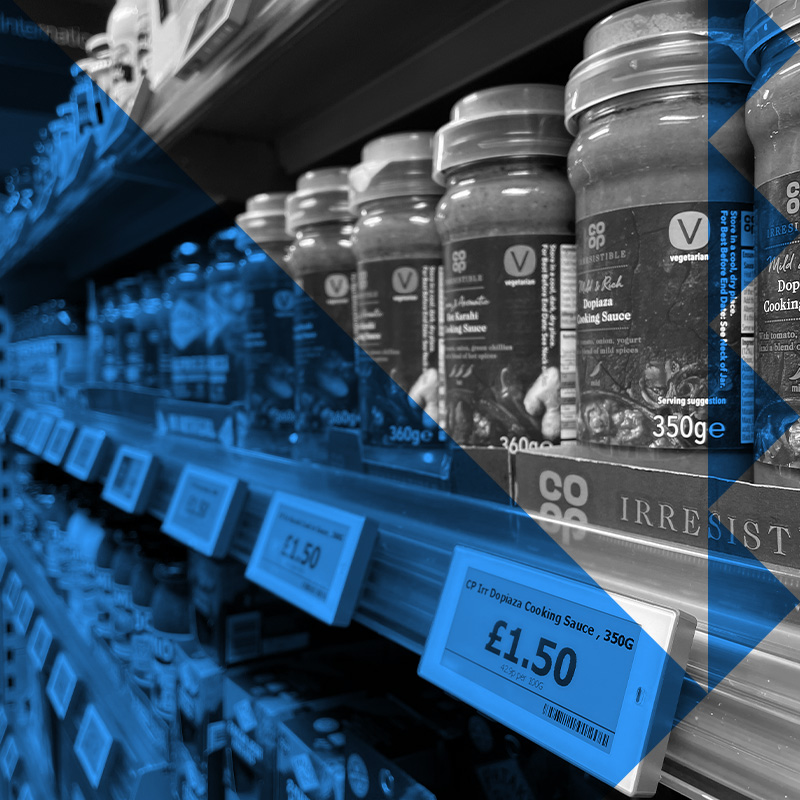
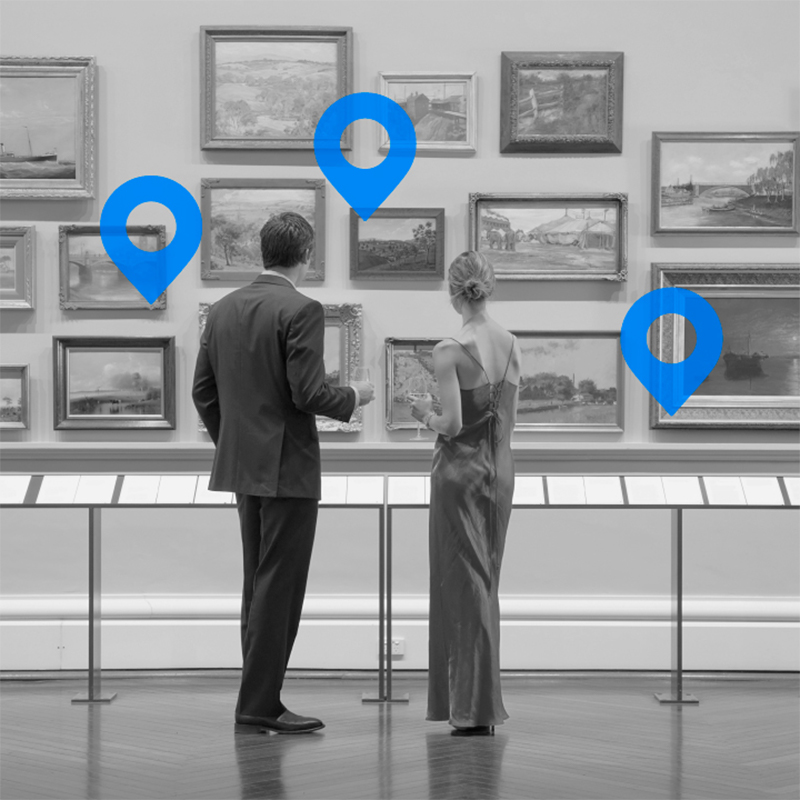


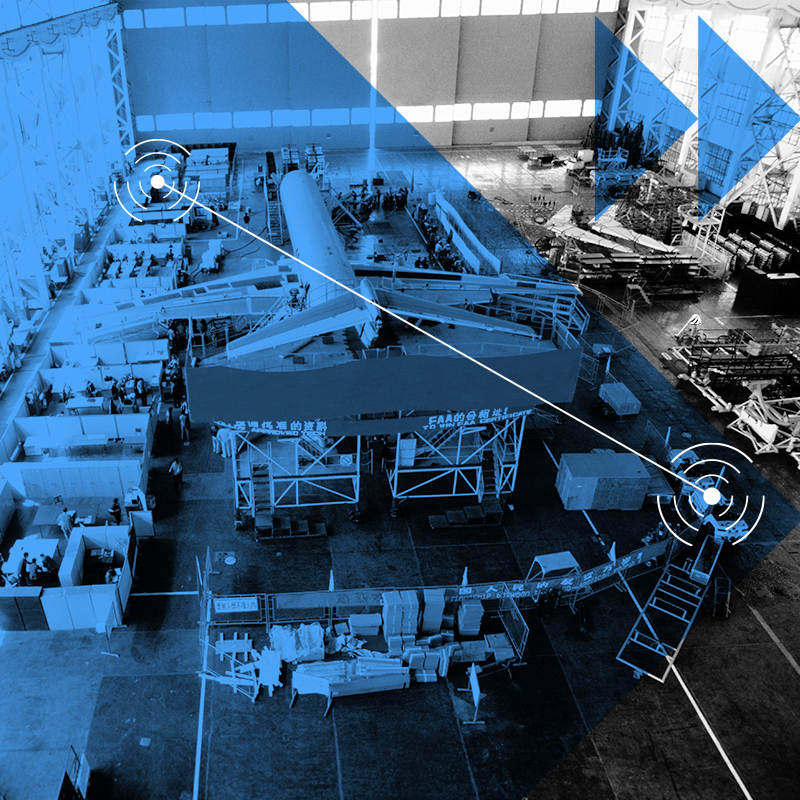















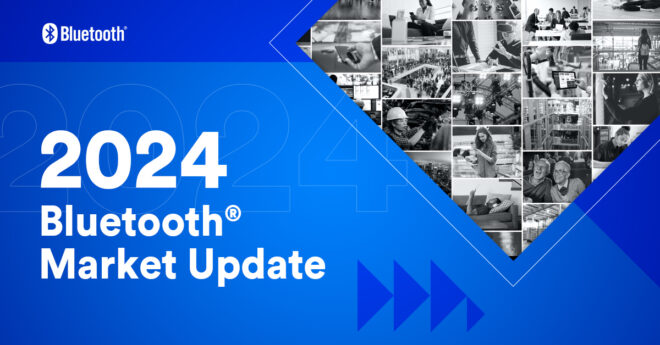


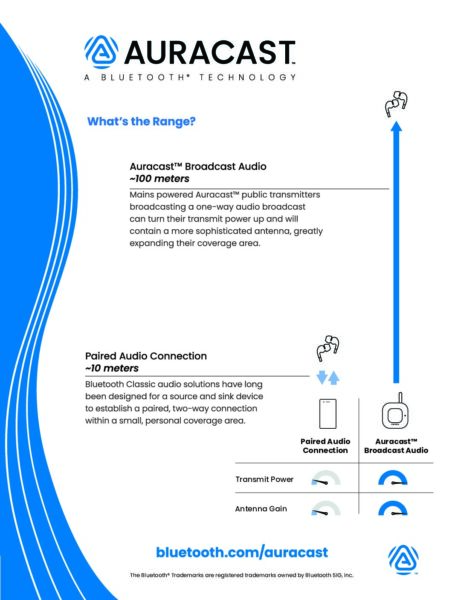
![2312 CES Handout Images FINAL existing pdf 464x600[1]](https://www.bluetooth.com/wp-content/uploads/2024/01/2312_CES_Handout-Images_FINAL-existing-pdf-464x6001-1.jpg)


